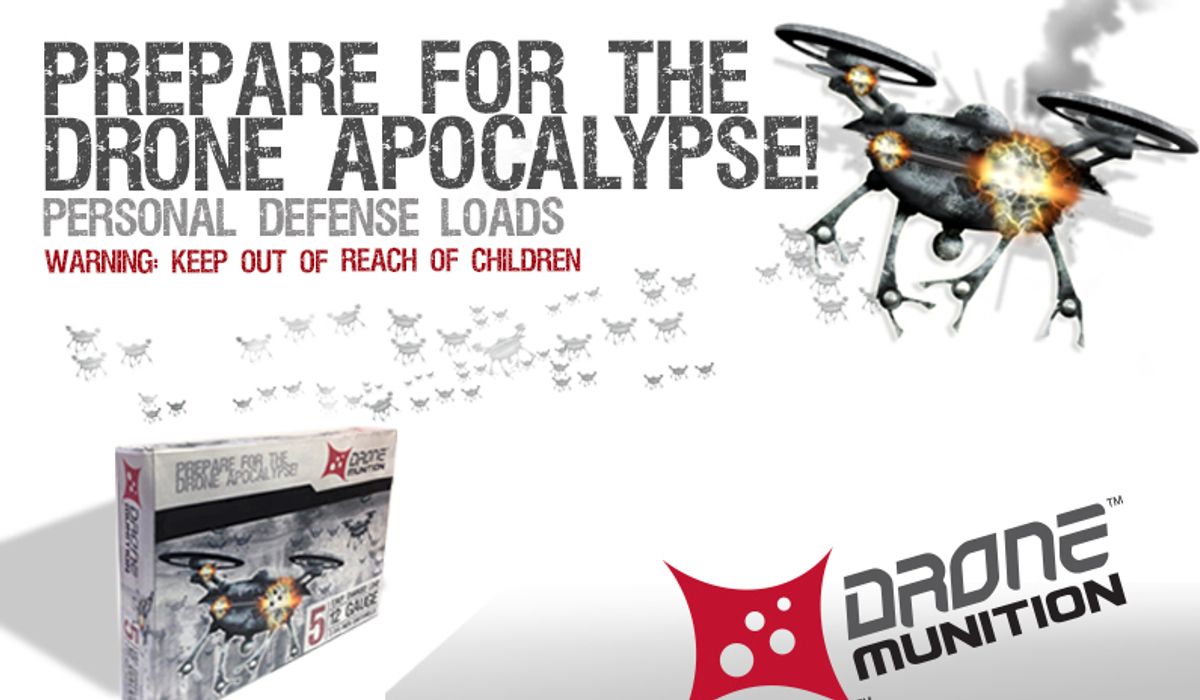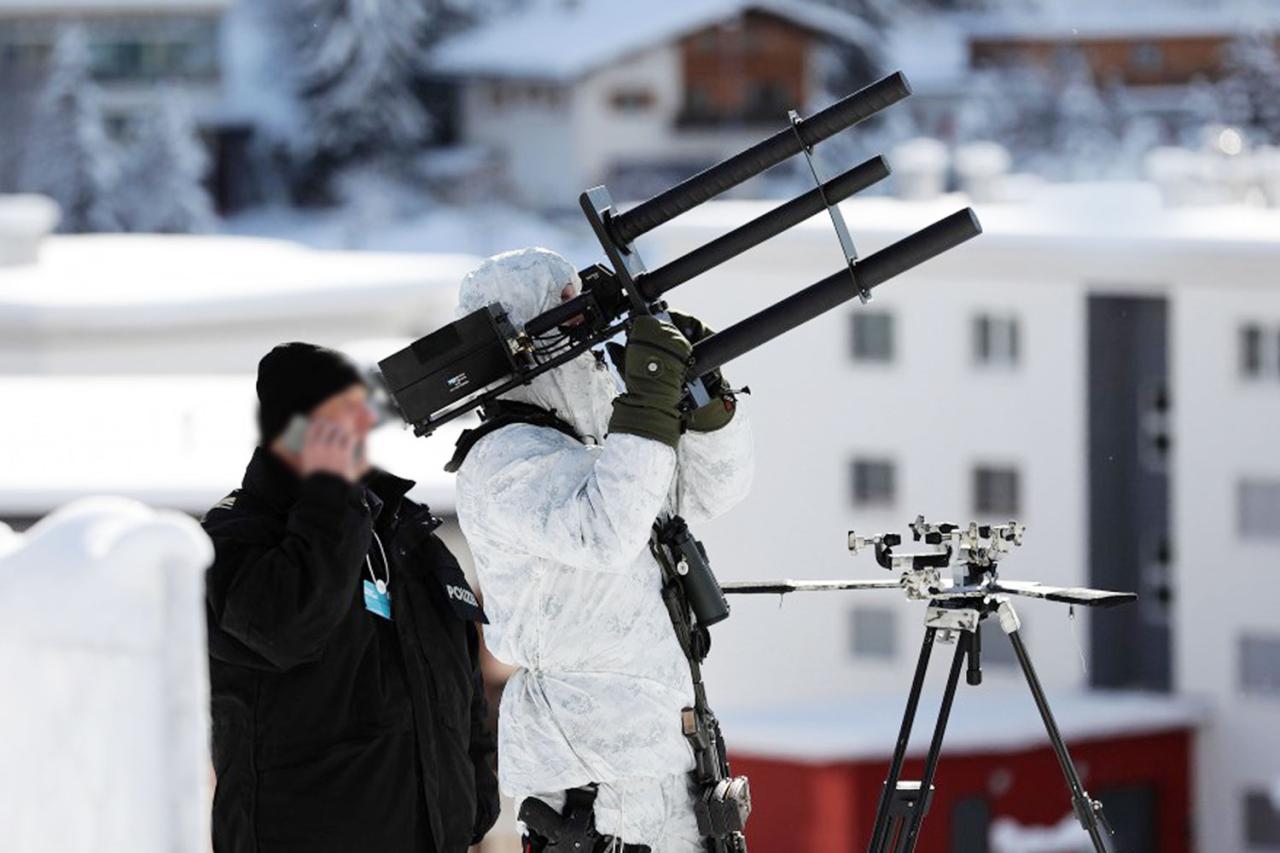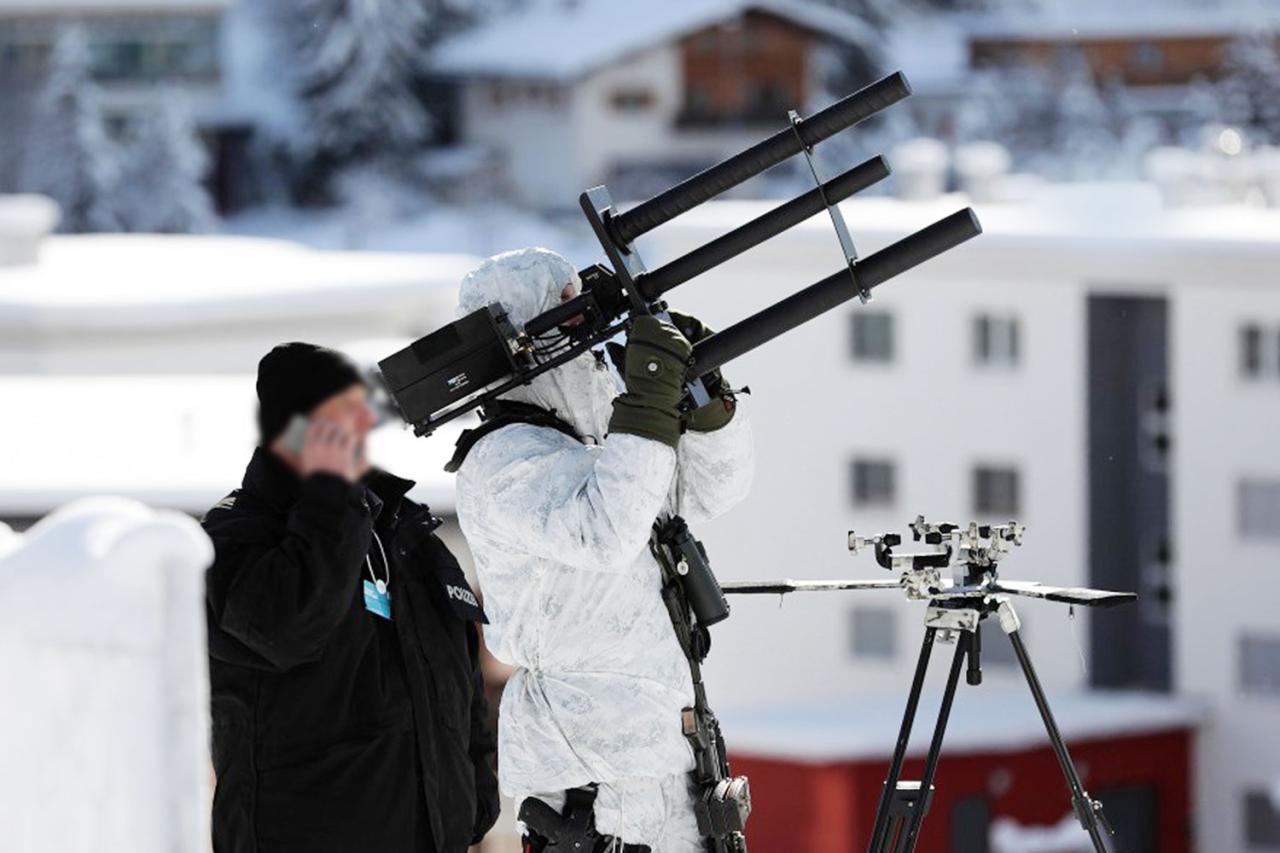Remington drone loads are revolutionizing heavy-lift operations across diverse industries. This exploration delves into the capabilities of various Remington drone models, examining their payload capacities, operational applications, and the safety regulations governing their use. We will also analyze the economic viability and future advancements shaping this rapidly evolving technology.
From construction sites to agricultural fields and search and rescue missions, Remington drones are proving their worth in handling heavy payloads efficiently and safely. This analysis will cover the technological advancements driving increased payload capacity and improved safety features, as well as addressing the cost-effectiveness and return on investment associated with utilizing these drones.
Remington Drone Models and Payload Capacity
Remington offers a range of drones designed for heavy-lift operations, each with varying payload capacities and specifications tailored to different applications. Understanding these variations is crucial for selecting the appropriate drone for a specific task.
Remington Drone Model Specifications
The following table compares key specifications for several Remington drone models. Note that these specifications are representative and may vary depending on specific configurations and upgrades.
| Model Name | Payload Capacity (kg) | Dimensions (L x W x H cm) | Battery Life (minutes) |
|---|---|---|---|
| Remington X100 | 50 | 150 x 120 x 50 | 30 |
| Remington X200 | 100 | 200 x 150 x 70 | 25 |
| Remington X300 | 150 | 250 x 180 x 80 | 20 |
Payload Types and Capacity Influencing Factors
Remington drones are designed to carry a variety of payloads, including construction materials, agricultural supplies, emergency equipment, and more. The X100 model, for instance, is often used for transporting smaller building supplies, while the X300 is capable of carrying larger, heavier items. Payload capacity is primarily influenced by factors such as drone size, motor power, and battery technology.
Larger drones with more powerful motors and advanced battery technology can naturally lift heavier loads. The design of the drone’s frame and its weight distribution also play significant roles.
Applications of Remington Drones with Heavy Loads
Remington heavy-lift drones are finding applications across various industries, significantly improving efficiency and safety.
Industry Applications of Remington Drones

- Construction: Transporting building materials to hard-to-reach areas, reducing labor costs and project timelines.
- Agriculture: Delivering fertilizers, pesticides, and seeds to fields, improving crop yields and reducing environmental impact.
- Search and Rescue: Transporting emergency supplies and equipment to disaster-stricken areas, enabling rapid response and saving lives.
- Infrastructure Inspection: Carrying specialized sensors and cameras to inspect bridges, power lines, and other critical infrastructure, enhancing safety and reducing maintenance costs.
Advantages and Disadvantages of Remington Drones, Remington drone loads
Compared to traditional methods, Remington drones offer advantages such as increased speed, reduced labor costs, and improved safety in hazardous environments. However, limitations include payload capacity restrictions, weather dependency, and regulatory hurdles. The initial investment cost can also be a factor.
Safety and Regulatory Considerations for Heavy Drone Loads

Operating heavy-lift drones requires adherence to strict safety protocols and regulatory compliance. Ignoring these aspects can lead to serious accidents and legal repercussions.
Safety Hazards and Regulations
- Payload instability: Improperly secured payloads can shift during flight, causing instability and potential crashes.
- Mechanical failure: Drone components can malfunction, leading to loss of control and potential damage.
- Adverse weather conditions: Strong winds or rain can significantly affect drone performance and safety.
- Operator error: Lack of proper training or negligence can lead to accidents.
Regulations vary by region but generally involve obtaining necessary certifications and permits, adhering to airspace restrictions, and following specific operating procedures. Pilots must undergo rigorous training and demonstrate proficiency in handling heavy-lift drones.
Safety Protocol for Heavy-Lift Drone Operations
A comprehensive safety protocol should include pre-flight checks (drone inspection, payload securement, weather assessment), emergency procedures (loss of control, payload release), and post-flight procedures (drone maintenance, data analysis). Regular training and refresher courses for operators are essential.
Remington drone loads, while generally reliable, are subject to the same risks as any drone operation. Understanding potential issues is crucial, and recent reports, like those detailing drone crashes in New Jersey , highlight the importance of proper maintenance and pilot training. Ultimately, safe Remington drone loads depend on diligent preparation and adherence to best practices.
Technological Advancements in Remington Heavy-Lift Drones
Remington continuously invests in technological advancements to enhance payload capacity, flight time, and safety features.
Technological Improvements in Remington Drones
Recent advancements include improved motor technology for increased power and efficiency, advanced battery technology for longer flight times, and enhanced autonomous flight systems for improved stability and safety. These improvements are reflected in newer models such as the X300, which boasts a significantly higher payload capacity and longer flight time compared to its predecessors.
Comparison of Older and Newer Models
| Model | Payload Capacity (kg) | Flight Time (minutes) |
|---|---|---|
| Remington X100 (Older) | 40 | 25 |
| Remington X300 (Newer) | 150 | 20 |
Future advancements may involve the use of lighter, yet stronger materials, improved propulsion systems, and advanced AI-powered flight control systems.
Economic Aspects of Utilizing Remington Heavy-Lift Drones

The economic benefits of using Remington drones for heavy load transportation can be significant, particularly when compared to traditional methods.
Cost Analysis: Construction Industry
| Method | Labor Costs | Equipment Costs | Transportation Costs | Total Costs |
|---|---|---|---|---|
| Traditional Methods (crane and trucks) | $5000 | $2000 | $1000 | $8000 |
| Remington Drone (X200) | $1000 | $3000 (drone purchase and maintenance) | $500 | $4500 |
This illustrative example shows potential cost savings with drone usage. Note that the initial investment in drones can be high, but the long-term operational costs are significantly lower.
Return on Investment (ROI) and Cost Savings
The ROI for businesses utilizing Remington heavy-lift drones depends on factors such as the frequency of use, the cost of alternative methods, and the potential for increased efficiency. However, in many cases, the reduced labor costs, faster project completion times, and improved safety can lead to a substantial return on investment.
Remington drone loads often require careful consideration of payload weight and distribution. For optimal image capture during these operations, many operators utilize high-quality camera systems, such as those showcased in the impressive port dover camera setup. Understanding the capabilities of such cameras is crucial for ensuring the success of Remington drone loads, particularly when high-resolution imagery is required.
Illustrative Examples of Remington Drone Loads in Action
The following scenarios illustrate the diverse applications and capabilities of Remington heavy-lift drones.
Scenario 1: Bridge Inspection A Remington X200 drone equipped with high-resolution cameras and sensors was used to inspect a suspension bridge in a remote area. The drone carried a 70kg payload of equipment, covering a distance of 5km. The drone successfully identified structural weaknesses that were undetectable through traditional inspection methods, preventing a potential safety hazard.
Scenario 2: Disaster Relief Following a major earthquake, a Remington X300 drone delivered 120kg of emergency supplies, including water, food, and medical kits, to a remote village cut off from road access. The drone navigated challenging terrain and weather conditions, ensuring the timely delivery of vital aid.
Scenario 3: Construction Site Material Delivery On a high-rise construction project, a Remington X100 drone efficiently transported 40kg of building materials, such as insulation panels, to the upper floors. This reduced congestion on the construction site and significantly accelerated the building process. The drone overcame the challenge of wind conditions at the construction site by using its advanced stabilization system and completing multiple trips efficiently.
The utilization of Remington drones for heavy-lift operations presents a compelling case for increased efficiency and cost savings across numerous sectors. While safety and regulatory compliance remain paramount, ongoing technological advancements promise to further enhance the capabilities and reliability of these innovative machines, paving the way for even more impactful applications in the future. The careful consideration of economic factors and adherence to strict safety protocols will be crucial in maximizing the benefits and minimizing risks associated with this transformative technology.
FAQ Section
What types of batteries do Remington drones use?
Remington drones typically utilize high-capacity lithium-ion batteries, the specific type varying depending on the model and payload capacity.
What is the maximum flight time for a Remington drone with a heavy load?
Flight time significantly decreases with increased payload. Consult the specifications for each model to determine the flight time with the intended load.
How much does a Remington heavy-lift drone cost?
The cost varies considerably depending on the model and its capabilities. Contact Remington directly for pricing information.
What kind of training is required to operate a Remington heavy-lift drone?
Specialized training is typically required, often involving both theoretical and practical components, and may be dependent on local regulations.
